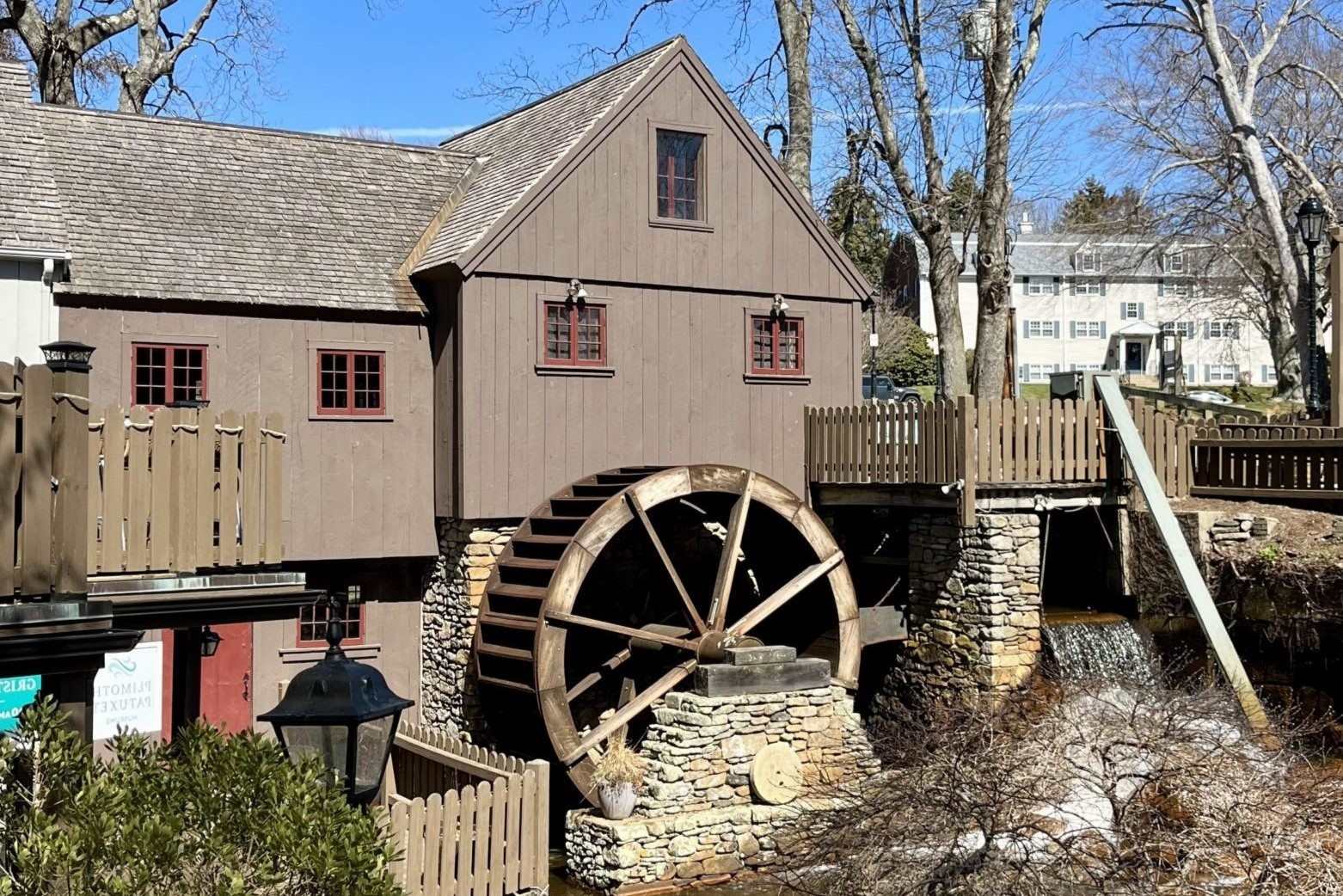Hidden Gristmills Of Colonial America

Ever wondered about the hidden gems of Colonial America? Gristmills played a crucial role in shaping early American communities. These mills, often tucked away in scenic landscapes, ground grain into flour, providing a staple for settlers. Imagine the rhythmic clatter of wooden gears and the steady flow of water powering these essential structures. Visiting these historic sites offers a glimpse into the past, showcasing the ingenuity and hard work of early Americans. Whether you're a history buff or just love exploring, discovering these gristmills can be a rewarding experience. Ready to step back in time and see how these mills operated? Let's dive in!
Hidden Gristmills of Colonial America
Colonial America was dotted with gristmills, essential for grinding grain into flour. These mills were often the heart of early communities, providing a vital service. Let's uncover some hidden gems from this era.
New England's Historic Gristmills
New England, with its abundant rivers and streams, was a prime location for gristmills. Many of these mills have been preserved, offering a glimpse into the past.
Old Mill, Nantucket, Massachusetts
- Built in 1746, this is the oldest functioning mill in the U.S. Visitors can see the original wooden gears and grinding stones in action.
Wayside Inn Grist Mill, Sudbury, Massachusetts
- Constructed in 1929 as a tribute to colonial mills, it still grinds flour using traditional methods. The mill is part of the historic Wayside Inn property.
Dexter Grist Mill, Sandwich, Massachusetts
- Operating since 1654, this mill offers tours and demonstrations. It's a picturesque spot with a charming pond and wooden bridge.
Mid-Atlantic Gristmills
The Mid-Atlantic region also boasts several historic gristmills, each with its own unique story.
Peirce Mill, Washington, D.C.
- Located in Rock Creek Park, this mill dates back to the 1820s. It has been restored and offers educational programs about milling and local history.
Union Mills, Westminster, Maryland
- Built in 1797, this mill was part of a larger complex that included a tannery and blacksmith shop. Today, it serves as a museum and event space.
Colvin Run Mill, Great Falls, Virginia
- This 19th-century mill has been meticulously restored. Visitors can watch the millstones grind corn and wheat into meal and flour.
Southern Gristmills
The South's gristmills played a crucial role in the agricultural economy. Many have been preserved, showcasing the region's rich history.
Hagood Mill, Pickens, South Carolina
- Built in 1845, this mill is part of a larger historic site that includes a cabin and blacksmith shop. It hosts monthly events featuring traditional music and crafts.
Norris Dam Gristmill, Norris, Tennessee
- Constructed in the 1930s by the Civilian Conservation Corps, this mill is a replica of an 18th-century gristmill. It sits in a beautiful state park setting.
Yates Mill, Raleigh, North Carolina
- Dating back to 1756, Yates Mill is the last remaining operable gristmill in Wake County. It offers tours and educational programs.
Midwest Gristmills
The Midwest, with its vast farmlands, also had its share of gristmills. Some of these historic mills have been preserved and are open to the public.
Beckman Mill, Beloit, Wisconsin
- This mill, built in 1868, has been restored to its original condition. It offers tours and demonstrations, showing how grain was ground in the 19th century.
Spring Mill, Mitchell, Indiana
- Part of Spring Mill State Park, this mill dates back to 1817. It is fully operational and grinds cornmeal that visitors can purchase.
Cedar Creek Grist Mill, Woodland, Washington
- Built in 1876, this mill is one of the few remaining water-powered mills in the region. It offers a picturesque setting and educational tours.
The Legacy of Hidden Gristmills
Gristmills played a huge role in shaping Colonial America. These mills were more than just places to grind grain. They were community hubs where people gathered, shared news, and supported each other. Many of these hidden gems still stand today, offering a glimpse into the past. Visiting them can be like stepping back in time, seeing how early settlers lived and worked.
Exploring these historic sites can be a fun and educational experience. You can learn about the technology of the time, the importance of agriculture, and the daily lives of the people. Plus, many of these mills are located in beautiful settings, making for a great day trip.
So next time you're planning an outing, consider visiting a hidden gristmill. It's a great way to connect with history and appreciate the ingenuity of our ancestors.

